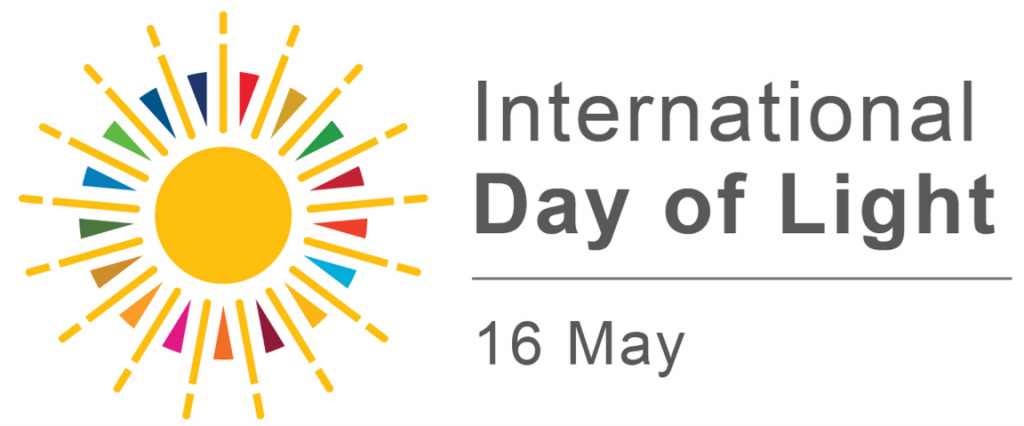The International Day of Light is celebrated annually on the 16th of May, the anniversary of the first successful use of the laser. The event is a global initiative to highlight the role light plays in all aspects of life, from science to art and education.1 The broad applications of light covers research areas such as medicine to renewable energy and is supported by UNESCO to help achieve their goals – education, equality and peace.2

Theodore Maiman, an American physicist and engineer, successfully obtained the first laser emission on the 16th of May 1960. A laser is a device which can generate a beam of light based on the stimulated emission of electromagnetic radiation. The term is actually an acronym which stands for Light Amplification by Stimulated Emission of Radiation, coined in 1957 by physicist Gordon Gould. Lasers are a key component in everyday life, they are needed for a range of industries such as barcode scanners, the cutting and welding industry, and are vitally important medically for example in cancer treatment and laser eye surgery.

Figure 1: World’s first Laser 3
At Edinburgh instruments the role of light and lasers are critical to our techniques. We use light to excite molecules and measure how they interact with the light to discover more about a sample’s properties. Our main focus is manufacturing bespoke systems for a variety of spectroscopic techniques including photoluminescence, Raman, UV-Vis and Transient Absorption. These techniques and the research they allow would not be possible without the study of light. We have a range of detailed scientific blogs aimed at explaining the techniques and their role with Edinburgh Instruments, have a read to learn more about how we use light every day!
The Beer-Lambert Law – The Beer-Lambert Law (also called Beer’s Law) is a relationship between the attenuation of light through a substance and the properties of that substance. In this article, the definitions of transmittance and absorbance of light by a substance are first introduced followed by an explanation of the Beer-Lambert Law.
What is Raman Spectroscopy? – Raman spectroscopy is an analytical technique where scattered light is used to measure the vibrational energy modes of a sample. It can provide both chemical and structural information, as well as the identification of substances through their characteristic Raman ‘fingerprint’. Raman spectroscopy extracts this information through the detection of Raman scattering from the sample.
What is Transient Absorption Spectroscopy? – Transient absorption (TA) spectroscopy, also known as flash photolysis, is a pump-probe spectroscopic technique utilised to measure the photogenerated excited state absorption energies and associated lifetimes of molecules, materials, and devices.
What is the Difference between Luminescence, Photoluminescence, Fluorescence, and Phosphorescence? – The terms; luminescence, photoluminescence, fluorescence and phosphorescence are routinely used in research papers to describe the emission of light from a sample. This multiple naming can be confusing with several of the terms being used interchangeably and researchers from different scientific backgrounds preferring to use one name over another.
At Edinburgh Instruments we offer a wide range of spectrometers to suit your research needs, contact us if you would like to discuss any of our instruments and applications in more detail. You can find all our Application Notes here or check out some of our Webinars on demand.